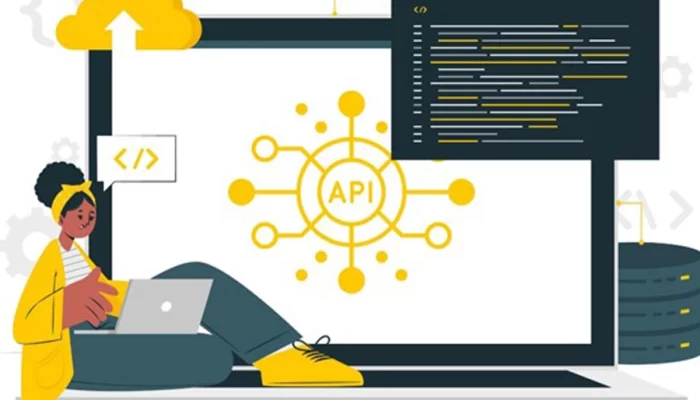Hopping on to the second-generation of cloud, Oracle accelerates, Pradeep Agarwal elaborates

The second-generation clouds, according to a recent Oracle research paper commissioned in cooperation with Longitude, are autonomous, self-governing, and powered by AI and machine learning (ML) technology. With COVID-19 affecting practically every industry, companies are discovering that cloud capabilities are at the forefront of how they construct, run, and adjust to global disruptions caused by the pandemic. Many forward-thinking businesses have already begun to adopt a new generation of cloud services that will help them prepare for the future. Pradeep Agarwal explains its importance for today’s organisations.
Pay-as-you-go pricing and rapid elasticity are two features that second-generation clouds provide to first-generation clouds. They’ve been designed to support a new breed of cloud native applications and, most significantly, to be self-contained. “Oracle’s second-generation cloud can handle all the workloads while also providing cloud native choices for data management, integration, security, AI, and blockchain. Each layer of the cloud technology stack—compute, network, storage, database, and apps—has been developed for mission-critical applications and engineered for the cloud,” informs Pradeep Aggarwal of Oracle.
To understand its importance in today’s organisations, Longitude polled 1,150 senior executives from companies that are at various stages of cloud adoption. The report’s findings revealed main benefits that are driving enterprises to adopt next-generation cloud solutions – Autonomous Operations, Automated Security, and Serverless and Elastic.
Consequently, companies that consider cloud native as a core strategy—are nearly four times as likely to use autonomous technologies and nearly twice as likely to use AI and ML. “The only cloud built to host the first and only Autonomous Database is Oracle’s second-generation cloud. Built with machine learning capabilities, Oracle Autonomous Database automates tasks related to the configuration, tuning, scaling, and patching. It dramatically lowers the cost of running a system, while increasing data security and reliability,” explains Pradeep Agarwal.
And, security, which was formerly considered as a barrier to cloud adoption, has now become a compelling incentive to migrate to second-generation cloud as a method to get more control over your data and processes.
“Oracle’s cloud security philosophy is straightforward,” says Pradeep Agarwal, “Concentrate on your most valuable asset—your data, and develop a security plan that safeguards data at the source. Oracle’s self-securing, self-repairing, and always-on full encryption features help cybersecurity experts keep ahead of external attackers,” he continues.
According to Longitude’s research into cloud usage patterns, the percentage of cloud-based applications is expected to increase by 2025. Nearly a quarter of the companies in the survey have adopted cloud-native methods, and the trend shows no signs of slowing down.
Oracle’s second-generation cloud has been designed to take advantage of serverless computing’s inherent scalability in order to maximise cloud-native deployments. Not only is Oracle Cloud serverless, but it’s also elastic. “If you need to scale from two to twenty cores, you can do it instantly while maintaining your database and information systems,” says Pradeep Agarwal.
Therefore, as the worldwide pandemic has transformed how firms adopt new ways of working, communicating, and keeping their enterprises up and running, cloud adoption rates are continuing to accelerate. In several industries, intelligent automated systems are swiftly gaining traction, causing changes in system design, logistics, manufacturing, infrastructure, and more. It enables more efficient application development, predictive analytics, and the launch of new revenue-generating services. They are facilitating a generational shift in technology with Oracle Autonomous capabilities and systems, where systems are more secure, data loss is avoidable, risk is reduced, and personnel costs are removed.
Also read: Pradeep Agarwal on Growing FDI in India and the future ahead.









